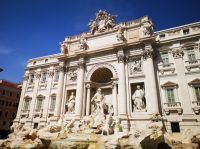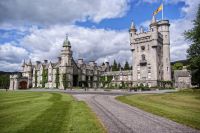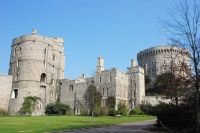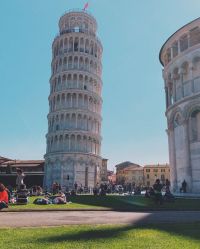20 facts about Space Needle
The Space Needle was once the tallest building west of the Mississippi River. Towering the city at 184 meters, it is a historical landmark of Seattle ...
19 facts about Taj Mahal
Taj Mahal is one of the grandest human architectural inventions. The most iconic attraction in India, it attracts around 7 million tourists every year ...
18 facts about Golden Gate Bridge
One of the most iconic bridges in the world, the Golden Gate Bridge, was a marvel of engineering in the 1930s. At first, it was criticized and called ...
























